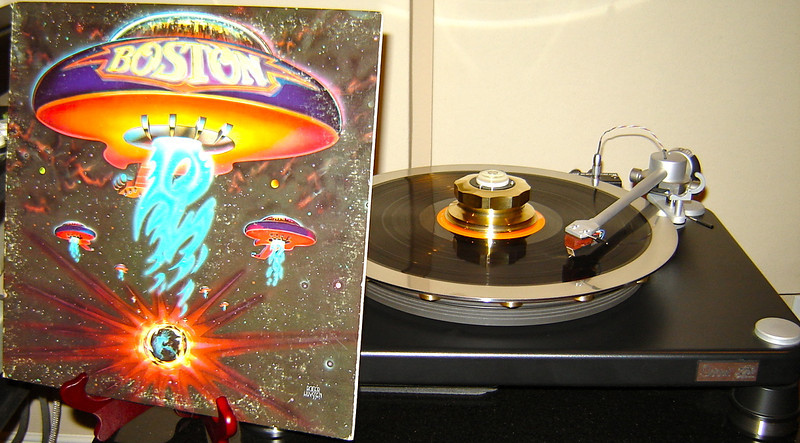Is it what I see and what you see on the photo normal???? Since a couple of months I thought I see it but I thought it was some kind of visual artifact. Today I finally decided to take close look and WTF???
Maybe I am uneducated in this topic but I would bet my life that the plate(or whatever you call it) should be perfectly flat to assure all proper conditions of TT setup.
No, it is not lens distortion and TT didn't get flooded and dried up . Although in NJ we have humid summer and dry winter. God!!!! VPI is based in NJ!!!
. Although in NJ we have humid summer and dry winter. God!!!! VPI is based in NJ!!!
any opinions appreciated....
P.S. I already went through problem of tonearm falling out off the pivots and now this!!!

Maybe I am uneducated in this topic but I would bet my life that the plate(or whatever you call it) should be perfectly flat to assure all proper conditions of TT setup.
No, it is not lens distortion and TT didn't get flooded and dried up
any opinions appreciated....
P.S. I already went through problem of tonearm falling out off the pivots and now this!!!





